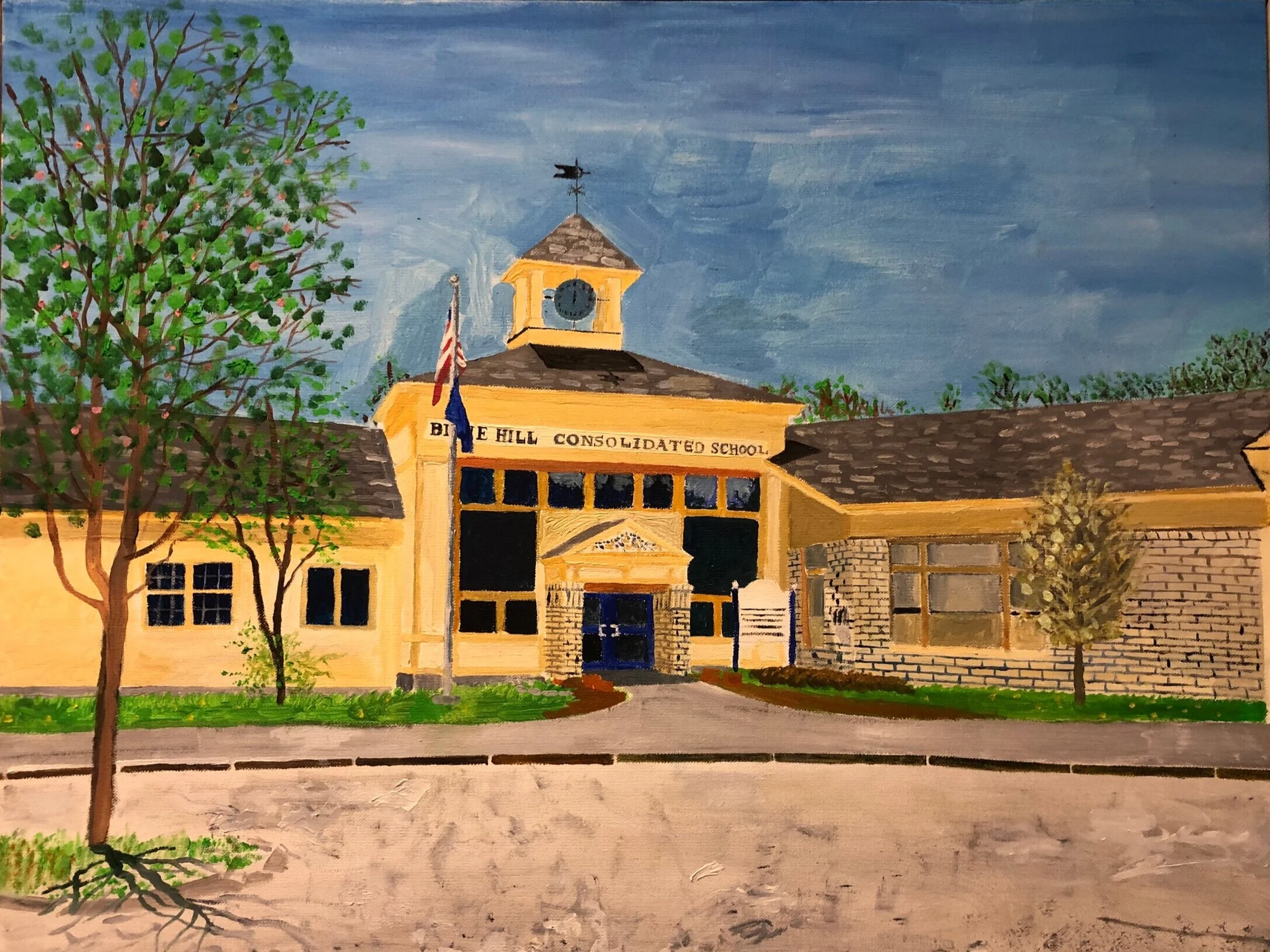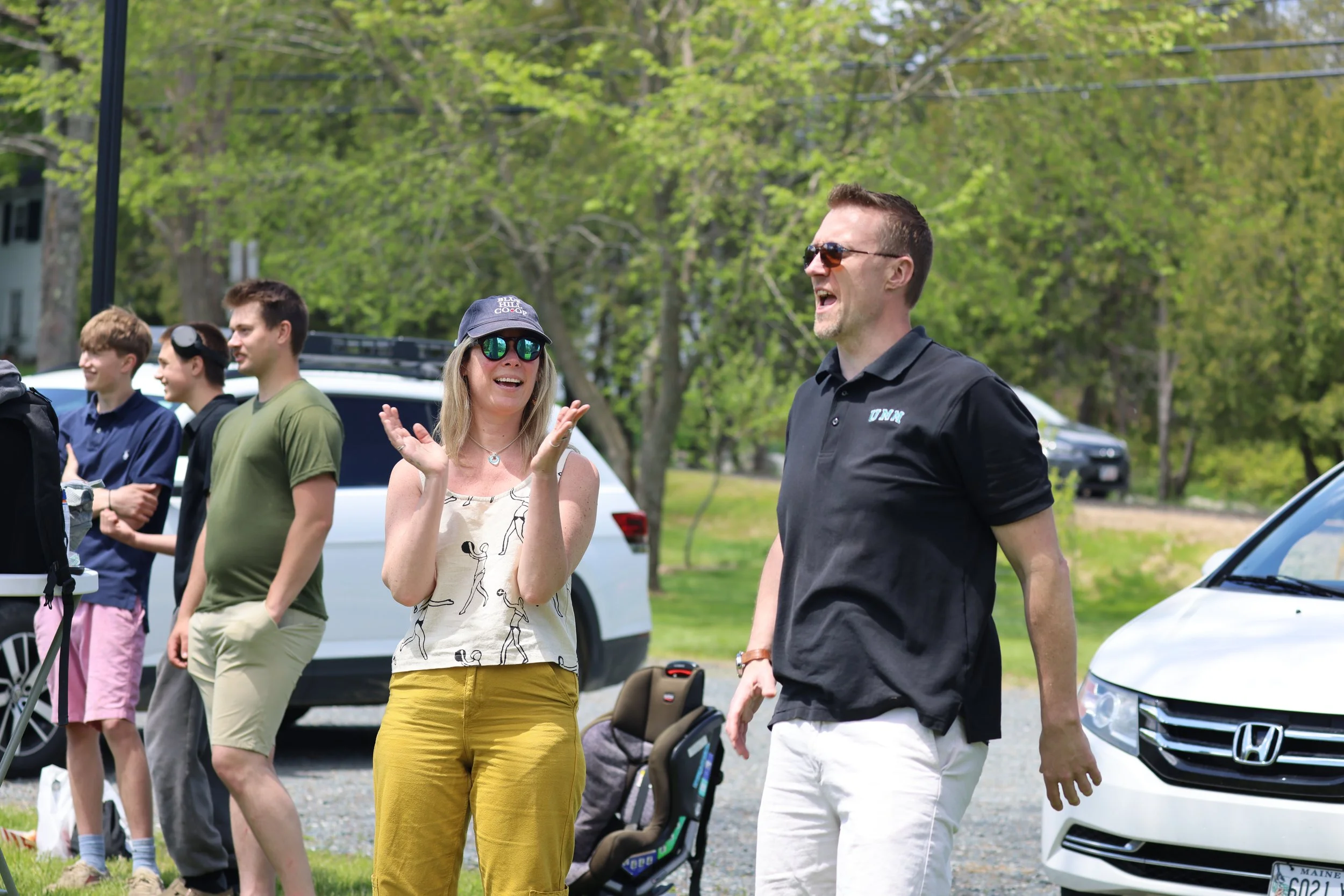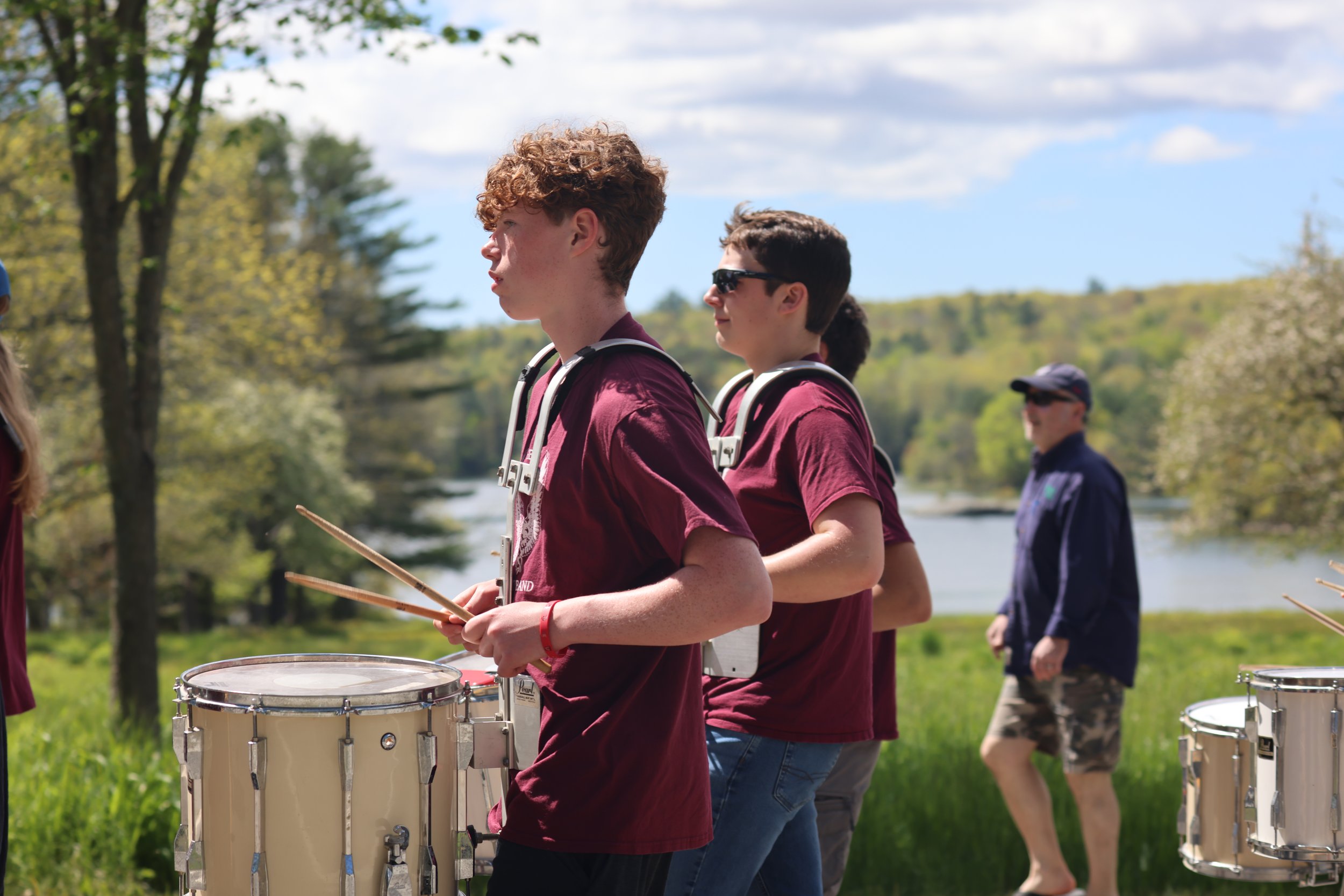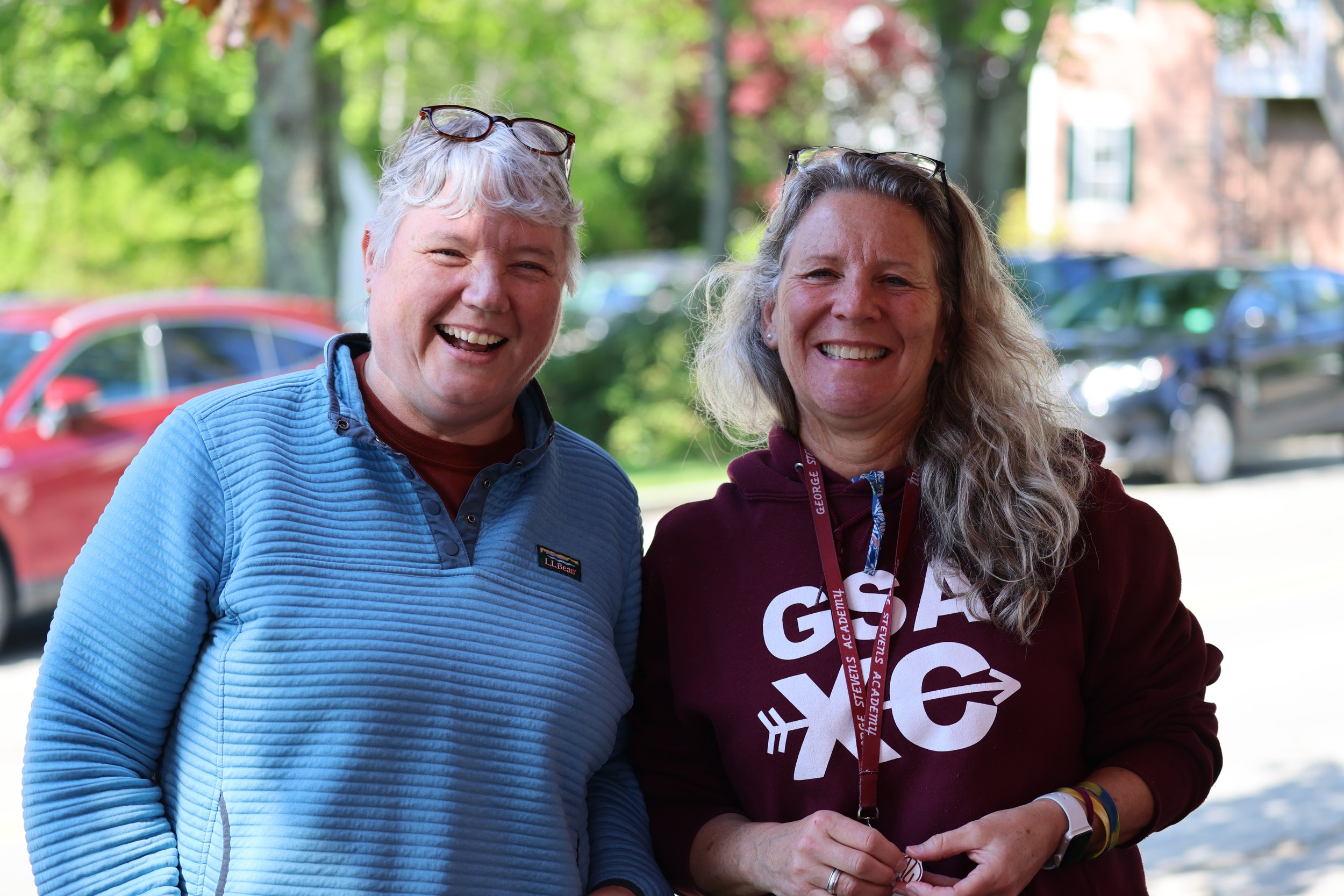
We are
one community.
The next GSA Board of Trustees Meetings will be Thursday, January 15th at 6:30 pm in the GSA Library.
The community is invited to attend from 6:30 pm to 7:00 pm for the public portion.
Transparency in Action
We open our classrooms, our decision-making processes, and our hearts to the community we serve. Through regular town halls, open board meetings, and transparent communication, we ensure that every parent, community member, and stakeholder has a voice in shaping the educational experience we provide. Our doors are always open, our books are always accessible, and our commitment to honest dialogue remains unwavering.
-
The public is invited to every GSA Board Meetings when hel, in the GSA library at 6:30 pm. The open portion of board meetings is from 6:30 pm to 7:00 pm.
-
Every month, GSA financials are shared with the Budget Review Committee and the Blue Hill School Board in order to increase community trust, encourage dialogue, and maintain heightened accountability.
-
Regularly-scheduled coffee sessions with Dan Welch, Head of School, provide casual opportunities for community conversation and relationship building.
-
Almost all events, except class time, are open to the entire community. From plays to sporting events to Arts Fest, GSA offers its open arms as the community has done for GSA for so many decades.
FAQs
Why does GSA require supplemental tuition? What does it pay for?
GSA strives to provide a robust curriculum with many opportunities for extended learning options and high-quality co-curricular activities. This means that we need to have appropriate staffing levels to offer all these and the corresponding materials, people, and equipment to provide a comprehensive educational experience. As a small school, offering a lot, we find there is a sizeable gap between what the State calculates for our tuition rates and the actual cost per pupil. In general, this gap is close to $6000 per student. Supplemental tuition allows us to continue to offer a wide variety of options for students so that they are as prepared as possible for their post secondary endeavors.
Why does the town have to vote on GSA’s tuition?
The GSA Board of Trustees provides an important connection between our communities and our school. They are responsible for the school's governance, meaning they approve annual budgets, set overarching goals for the school, and create and approve policy. The day-to-day operations of the school are carried out by the Head of School, Dan Welch.
What is the Annual Fund? Why does GSA require supplemental tuition AND the Annual Fund?
As it states in Question #1, the gap between state coverage and our cost is approximately $6000 per student. Basically, the tuition costs don't cover our costs to operate and offer many of the things that we offer. The Annual Fund helps to bridge the gap each year; hence, the name The Annual Fund.
How is GSA reimbursed and how is the rate determined?
We do not get reimbursed by the State. The State sets the tuition rates per pupil and then the municipalities pay the tuition. Different towns/school districts get different amounts of State Subsidy (the State's portion of funding public education), and this may offset a district's total costs for education (including tuitioning for secondary schools); however, this varies widely from district to district and is based largely around a region's property values. For instance, usually a place like Milliknocket will get less subsidy than Blue Hill because of the difference in property valuations.
What will happen with the $1.88 million GSA just received from the land transfer?
The funds from both recent property sales need to go back into our endowment. Years ago, the school accessed endowed funds to have dormitories for its boarding program. These funds need to be replenished.
Why do students choose schools other than GSA?*
We are “choice towns” on the Peninsula, which means that our students have the choice to attend the high school of their choice. And, more and more public schools are realizing that if they can attract students from this Peninsula to their schools, that will help offset their own budgets and lower taxes for their residents. So, if you have 10 kids from this Peninsula that choose to go to a public high school, that just took $140,000 or $150,000 of Peninsula taxpayer money and put it into a school system in Ellsworth, Bucksport and other places. That, to me, is a real detriment. We’re sending local dollars off the Peninsula.
Also, I do think some of that confidence in the school may have waned. We need to re-establish with our communities that we plan on being here for the long haul. The school has been a pillar of the Blue Hill Peninsula for generations and generations, and our plan is to be a pillar for many generations to come.
In addition, we have some work we need to do on our physical plant, and we are taking steps to do that. I do believe there is a correlation between the aesthetics of a school and how students feel about that learning environment. So, we’re working on that as well as we can within the finances that we have.
*this question and answer was taken from a recent interview in Rising Tide Media. To read the whole interview, click here.
Our Community Partners
RURAL SCHOOLS IN NUMBERS
Students attending local rural schools show 12-18% higher graduation rates compared to those bused long distances to exterior schools.
Communities lose an average of 15-25% of young families within 5 years of school closure, reducing the local tax base and consumer spending.
Long bus rides (over 45 minutes each way) correlate with 8-15% lower standardized test scores and increased absenteeism rates of 20-30%.
Students in small rural schools are 3-4 times more likely to hold leadership positions and participate in multiple activities.
Local schools enable 60-80% higher participation rates in sports, arts, and leadership activities due to proximity and schedule flexibility.
Rural schools generate approximately $1.50-$2.00 in local economic activity for every dollar invested, serving as anchor institutions that support local businesses and employment.
Have feedback for us?
Leave us a suggestion below.
“I am grateful to the teachers at George Steven’s Academy for providing an education to my two sons who attended GSA 2014 - 2019.
Having a high school in our tight knit community that allowed them to grow, learn, and figure out their path in life was a support to me as a single mother. I am beyond proud of the young successful men they have become.”
ALMA MOTE, Parent ‘20 ‘24
“GSA is the right choice for our two kids. We love that the school offers a full slate of academic AP courses and also offers tactile classes like woodworking, art, welding, and the Skippers program. This hands-on process fosters critical thinking.”
JENNY BRILLHART, Parent ‘24 ‘27
“My children had different experiences at GSA, which is what I love so much about the school- GSA catered to each of their unique needs and desires. My husband and I felt it was important for them to attend school in our community, for them to be grounded in their community as young citizens. ”
AMY HOUGHTON, Parent ‘13 ‘15
“We chose GSA because of its academic rigor and connectedness to our community. Our children left GSA with the most important tool for any high school graduate: an excitement to learn more.”
MICHELLE. KEYO, Parent ‘22 ‘24

















